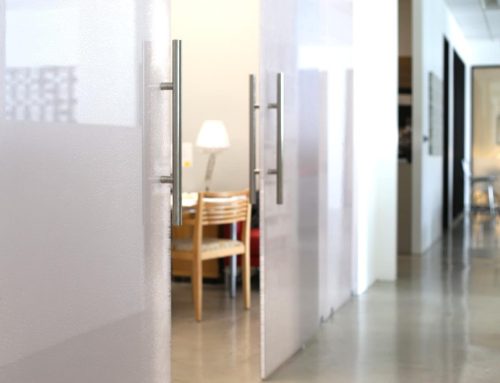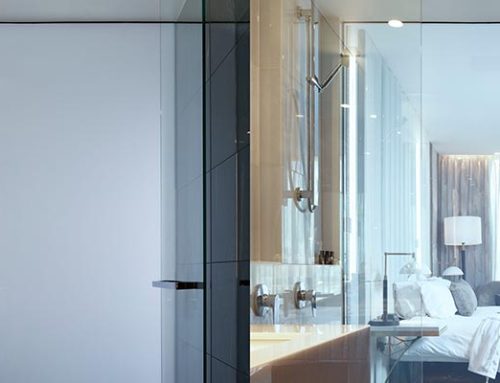With more and more municipalities and cities across North America requiring bird safe glass for environmental protection reasons, you might have a lot of questions about how this works and the different ways to implement it in your new build or renovation. We’ve gathered information for you from the American Bird Conservancy to help answer these questions, as well as our recommendations for which bird safe glass to use.
Who Decides if Glass is Bird Safe?
The American Bird Conservancy (ABC) has created parameters and test methods to determine whether or not glass is deemed safe for birds. These are the recognized standards in North America to help you determine whether or not glass is deemed ‘bird safe.’ The primary tool ABC uses to base ratings off of is called the Tunnel Test. “This is where birds’ reactions are tested to patterned glass by asking them to decide whether to exit the tunnel via an “invisible” panel of plain glass or the patterned material being tested. A net safely stops the birds before they hit the glass.”
From here, ABC has developed a rating called a Threat Factor (TF) for the materials tested in the tunnel. The threat factor of a material is based on flying at least 80 individual birds down the tunnel and recording whether they fly toward the control or to the patterned test pane. For example, suppose 80 birds flew down the tunnel, with 20 flying toward the test pattern and 60 toward the control. 25% of the birds flew toward the test pattern, so therefore, it would have a TF rating of 25. ABC defines “bird-friendly” materials conservatively, as having a threat factor ≤30.
How Does Bird Safe Glass Work?
First and foremost, the naked eye won’t be able to tell the difference between regular glass and bird safe glass. GlasPro Bird Safe UV glass uses special UV reflective technology in the form of a line pattern on the glass. This is because many birds see into the ultraviolet spectrum of light, which is a range largely invisible to people. Therefore, the lined patterns that GlasPro incorporates into their glass are virtually invisible to the human eye, but visible to birds. We recommend GlasPro Ultraviolet Reflective Glass products, as their TF is 21, making them a highly effective collision deterrent.
Want to see a visual representation of what humans see versus what birds see? Watch the below video created by GlasPro to get a better understanding of how the bird safe glass works.
What Types of Glass are Offered?
The Bird Safe Glass Line by GlasPro consists of a range of highly-effective Bird Safe solutions, satisfying the varying construction specifications for bird-friendly architectural glass. The Bird Safe family of products includes ultraviolet reflective, acid-etched, and frit pattern glass. All of GlasPro’s Bird Safe solutions meet the industry-standard *2 x 4 rule for preventing bird collisions and strict requirements for safety, energy efficiency, and sustainability. If you are specifically interested in a bird safe glass product for railings, we recommend using the frit pattern glass. For more information on bird safe glass, you can take a look at GlasPro’s frequently asked questions here.
If you would like to talk further about how bird safe glass can be incorporated into your project, contact us today to learn more about how we can guide you on your project!





